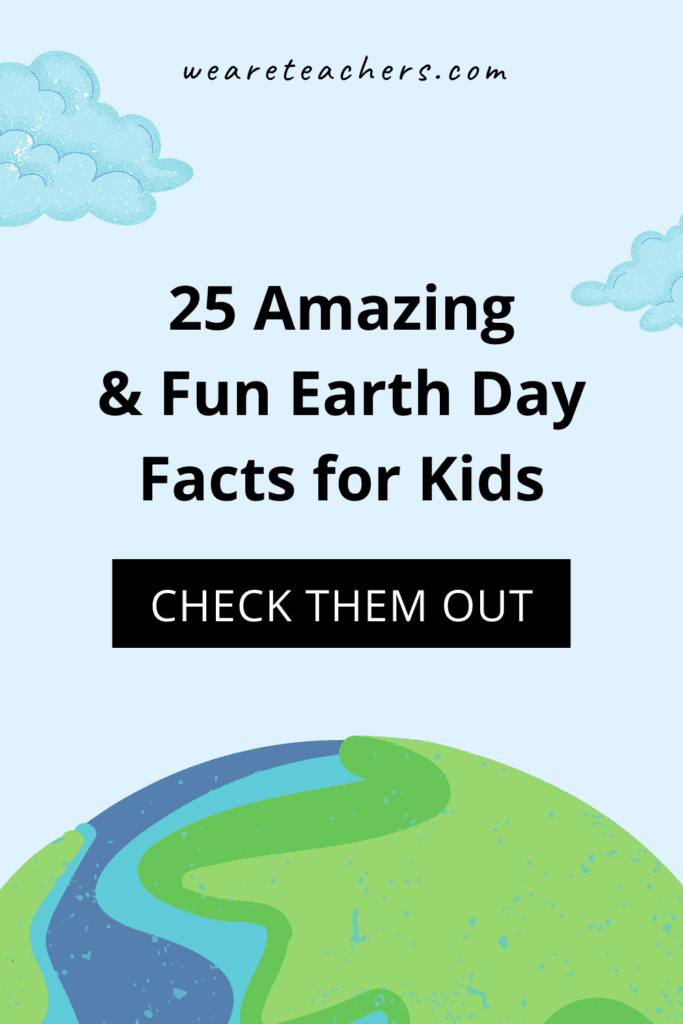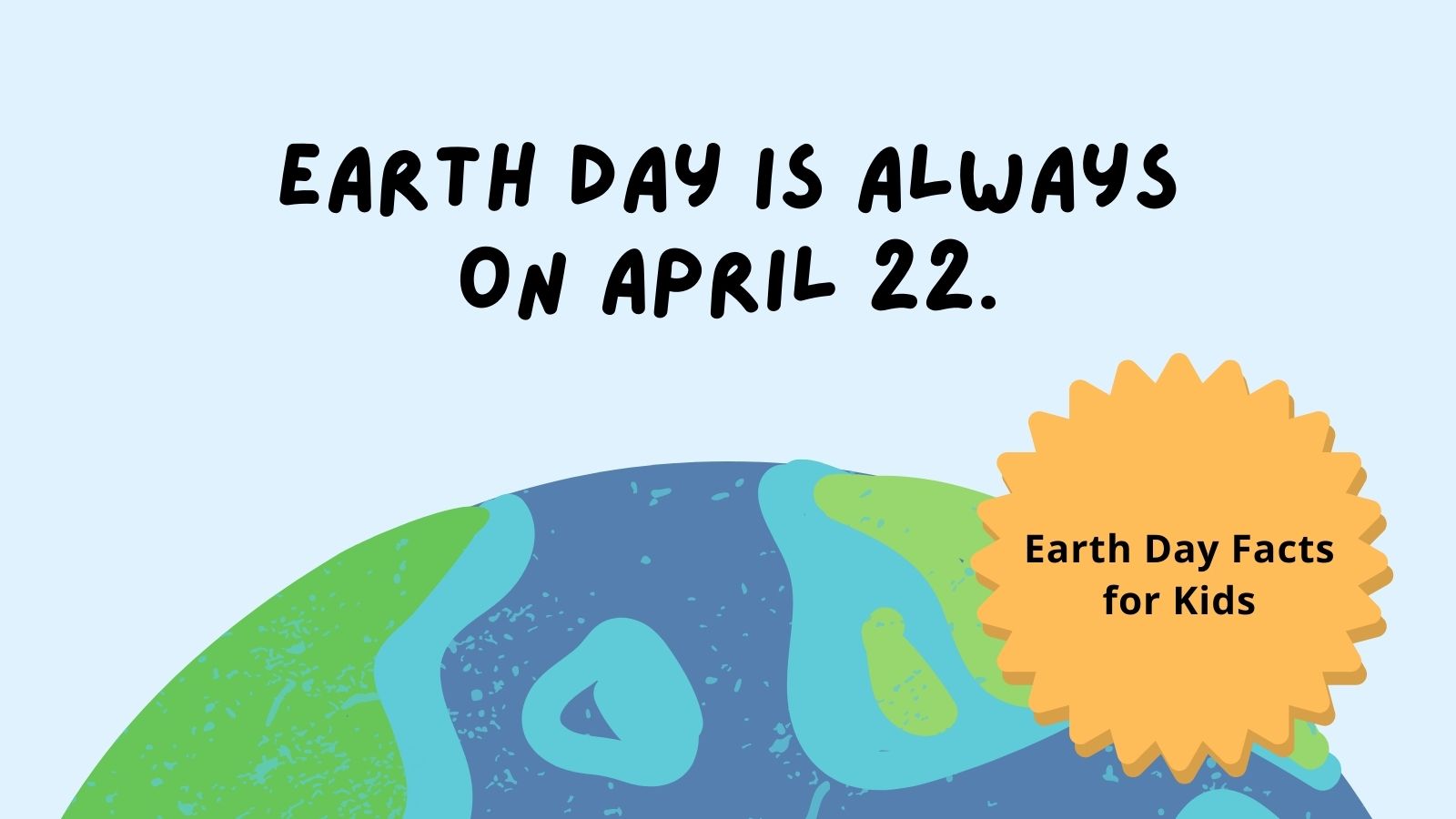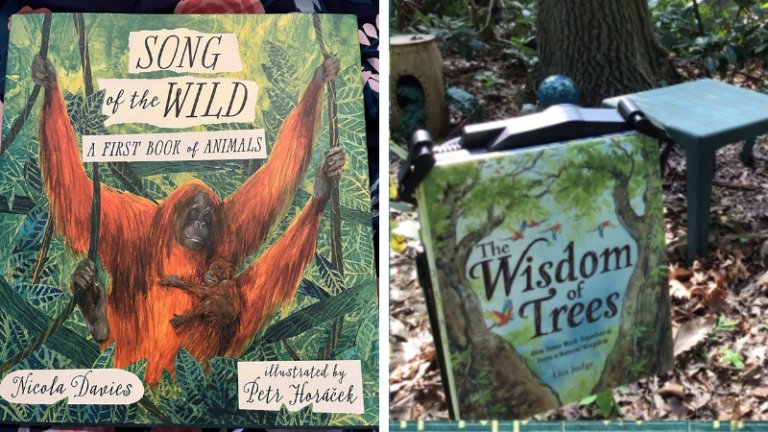Every year we celebrate Earth Day—but how much do you really know about it? This annual event began more than 50 years ago and has had a huge impact on our lives here in the United States and around the world. We’ve put together this list of amazing and fun Earth Day facts for kids that you can share in your classroom. They’re also perfect for trivia time!
Earth Day is a special day to celebrate our planet!
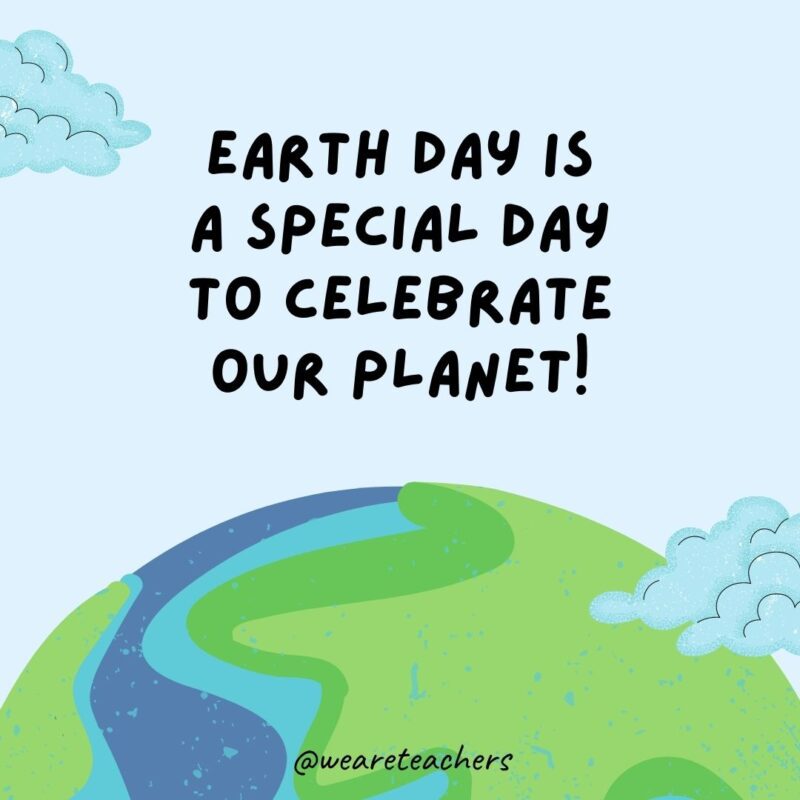
Every year we have the chance to show love for our home and all it gives to us.
Earth Day began in the USA.
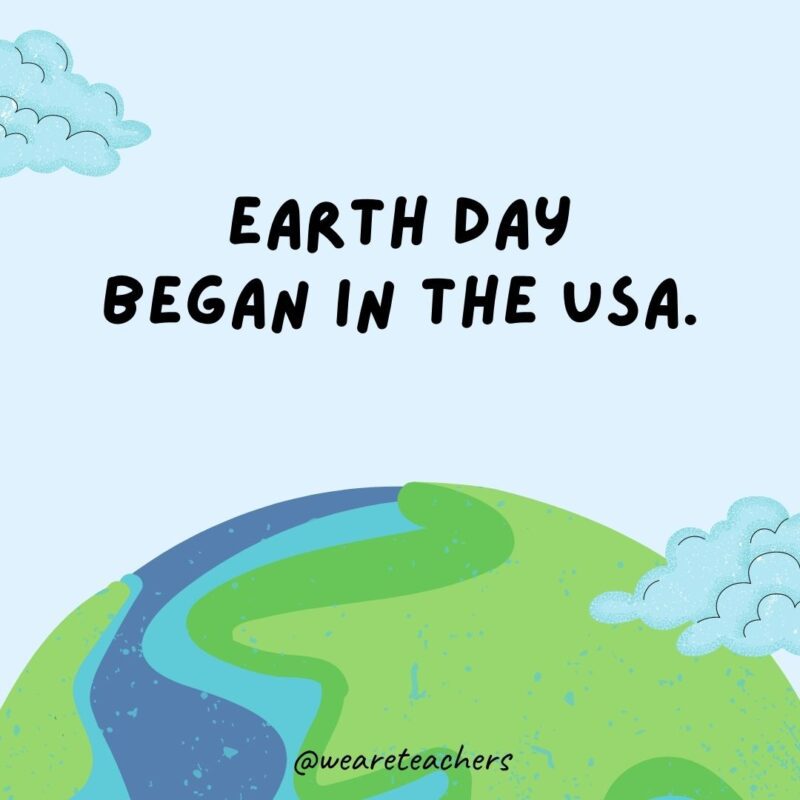
United States Senator Gaylord Nelson conceived Earth Day in the 1960s after he witnessed the aftermath of an oil spill in California in 1969.
The first Earth Day was celebrated in 1970.
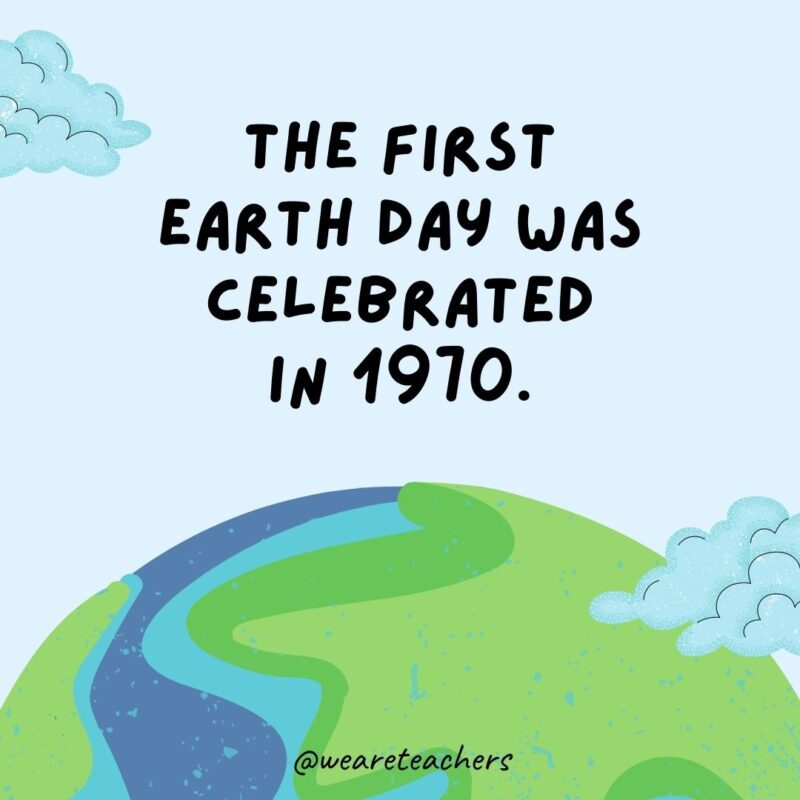
About 20 million Americans took part in the inaugural Earth Day on April 22, 1970, which was timed to fall between spring break and final exams in the hope to allow college students to participate.
Earth Day is always on April 22.
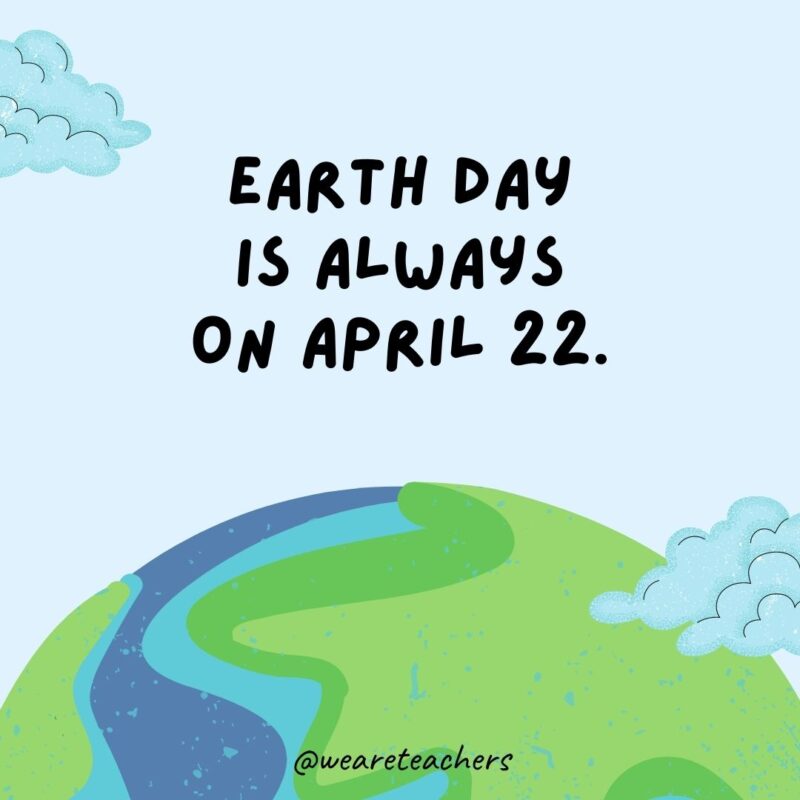
You never have to guess which day to celebrate because it never changes!
Earth Day went global in 1990.
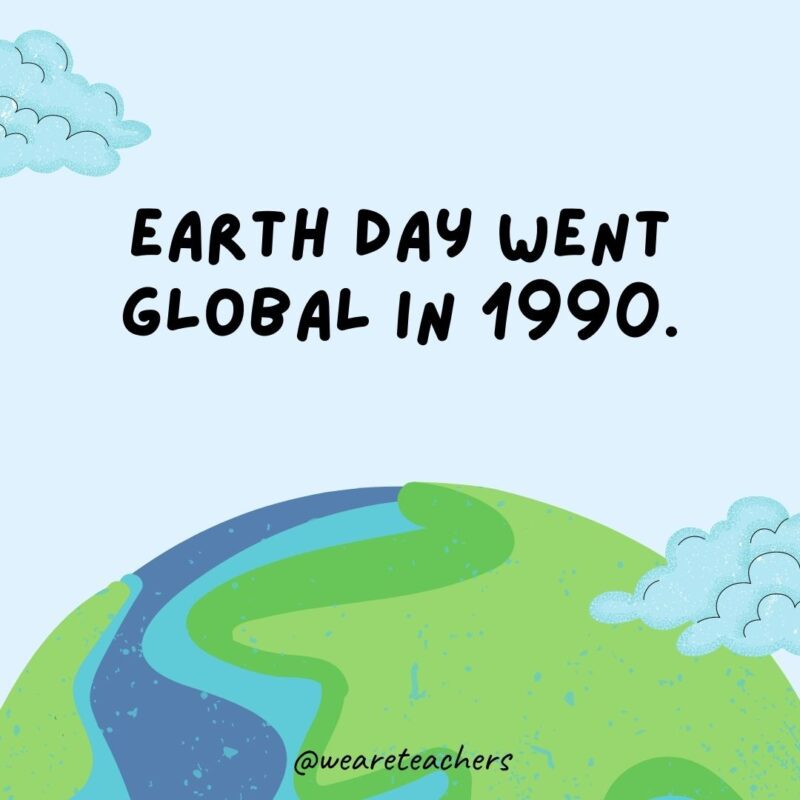
Two decades after the first Earth Day, people in 141 countries recognized this remarkable campaign.
Earth Day is also called International Mother Earth Day.
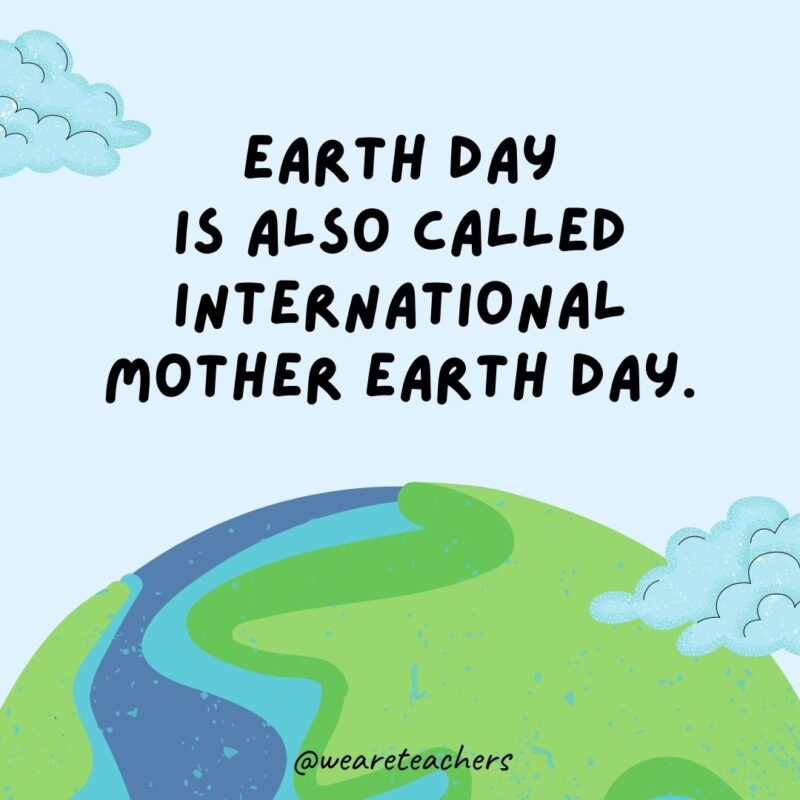
In 2009, the United Nations gave this special day the fitting name.
Earth Day is about protecting the environment.
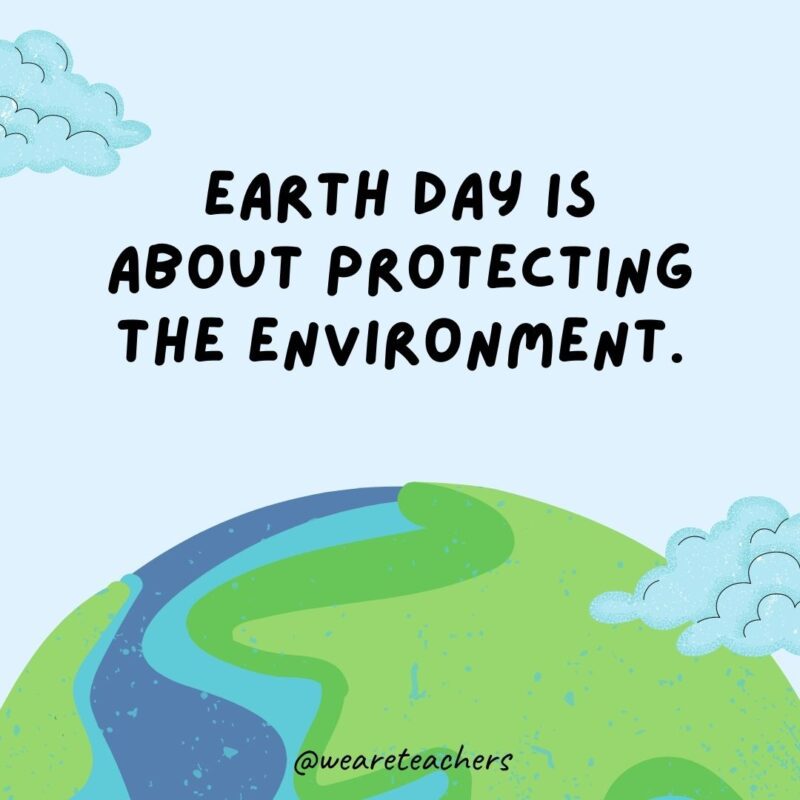
This is a wonderful opportunity to share information and look for ways to protect the environment.
Earth Day is celebrated by over a billion people each year!
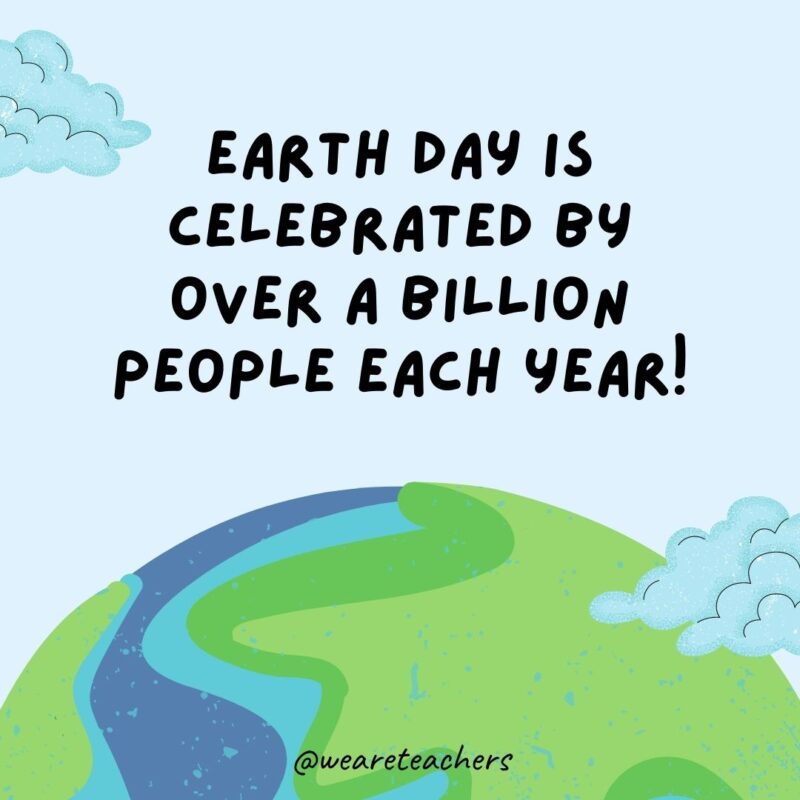
It’s grown so much since 1970!
Earth Day helped create the EPA.
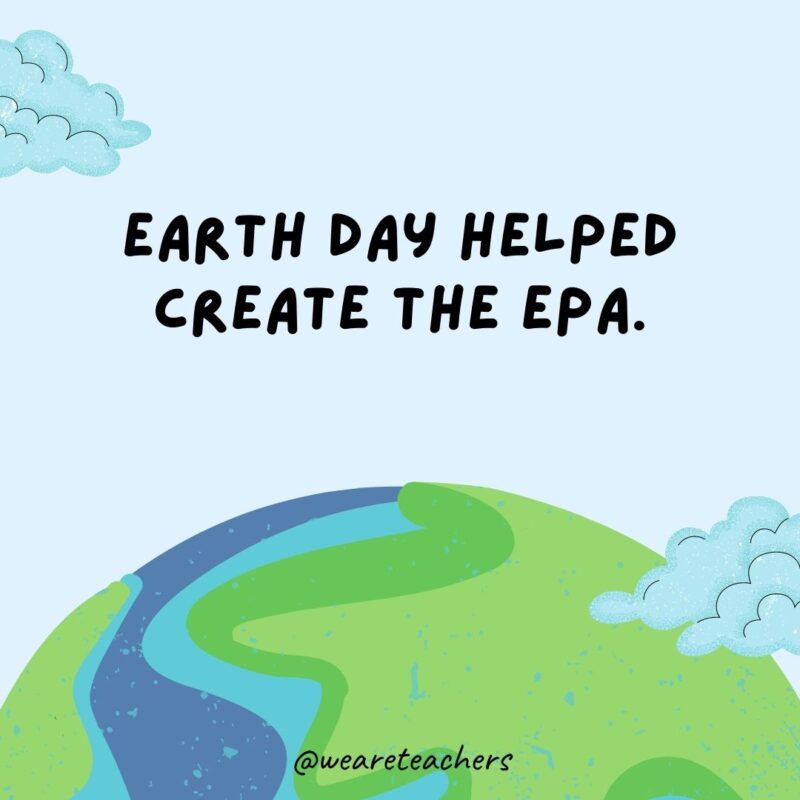
The Environmental Protection Agency is responsible for passing legislation on clean air, water, and endangered species.
Almost every school in America observes Earth Day.
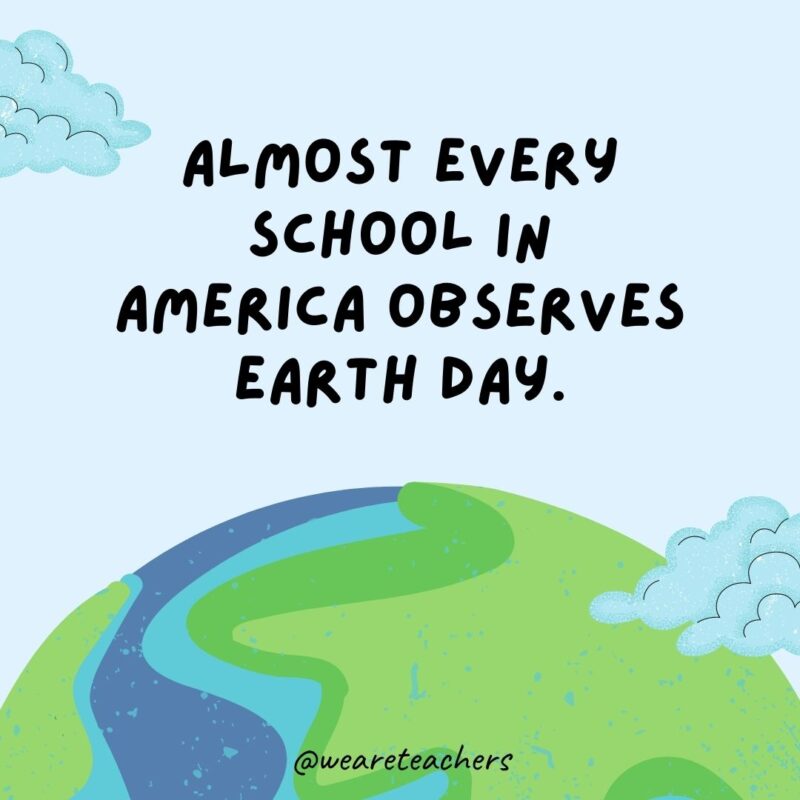
A remarkable 95 percent of primary and secondary schools in the U.S. observe Earth Day each year!
Green Ribbon Schools are environmental leaders.
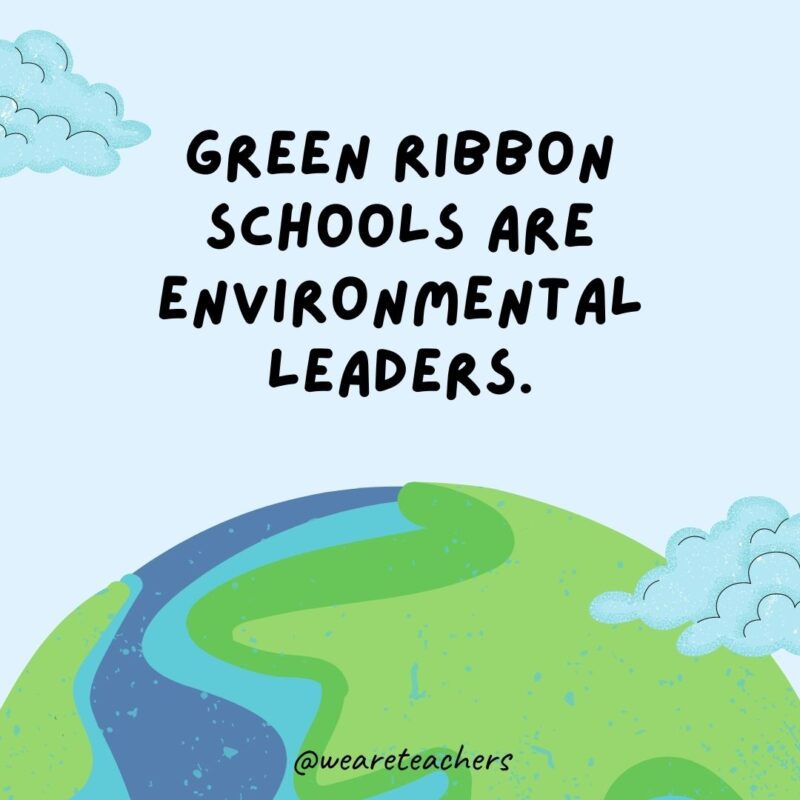
Launched in 2011 by the U.S. Department of Education, the Green Ribbon Schools award recognizes schools that make an effort to protect the environment and improve the lives of students and staff.
Millions of trees have been planted for Earth Day.
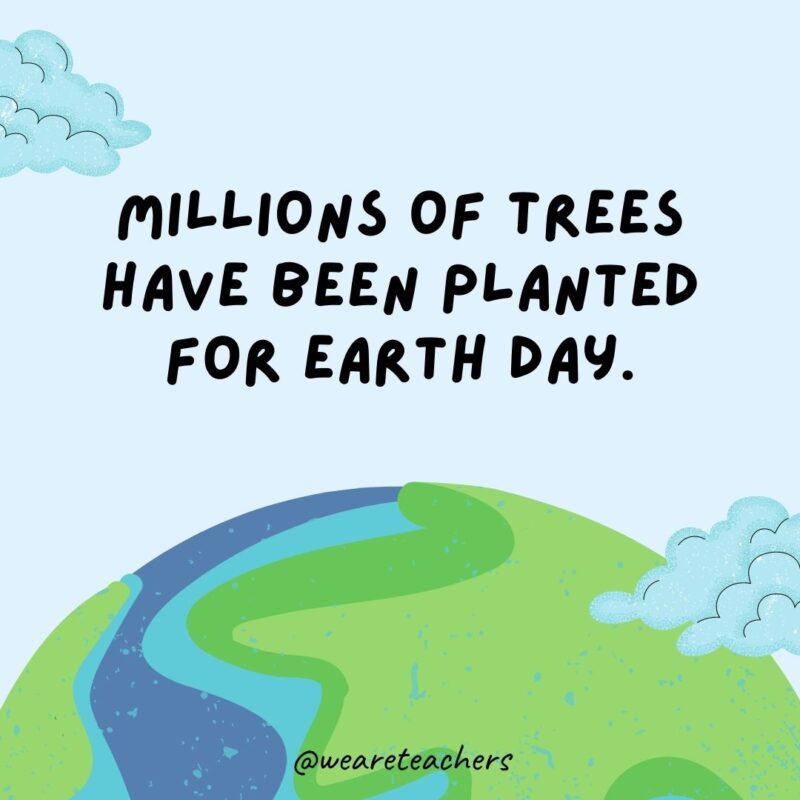
Since 2010, EarthDay.org has focused on reforestation in the areas that need it most by planting hundreds of millions of trees in 32 countries. Watch this video to learn more about reforestation.
About 8 million metric tons of plastic entered the ocean in 2010.
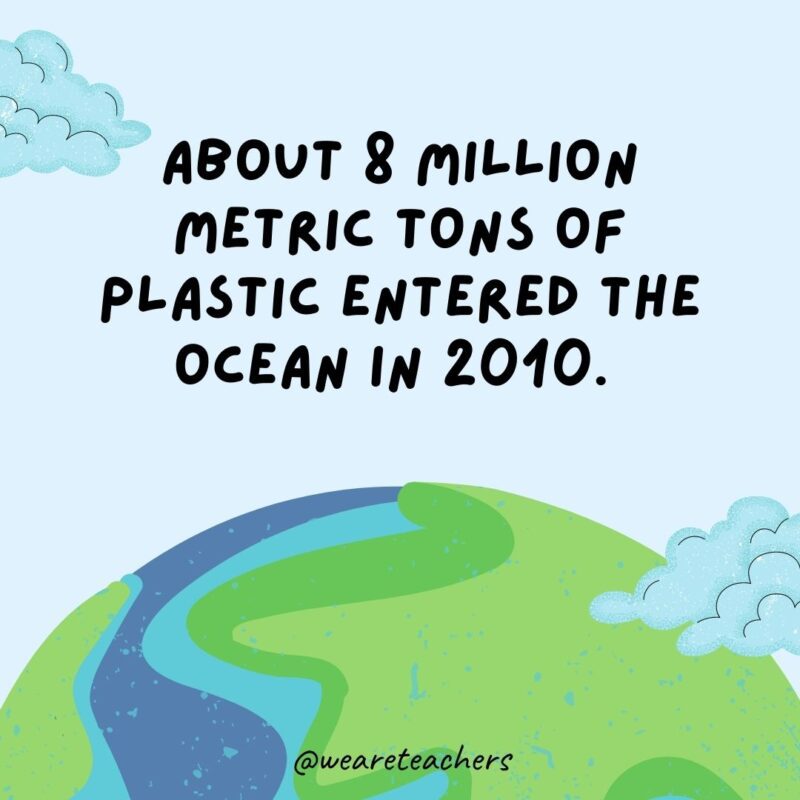
That’s approximately the weight of nearly 90 aircraft carriers!
Plastic trash flowing into the ocean could triple by 2040.
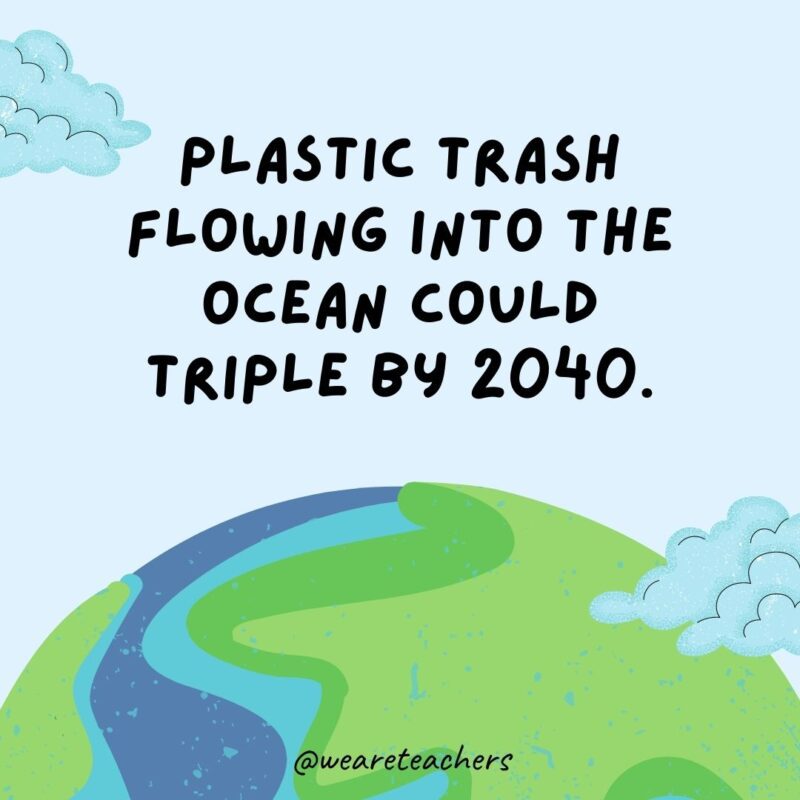
Find out more about the ambitious plan that could turn things around!
One reusable bag can replace 600 plastic bags in its lifetime.
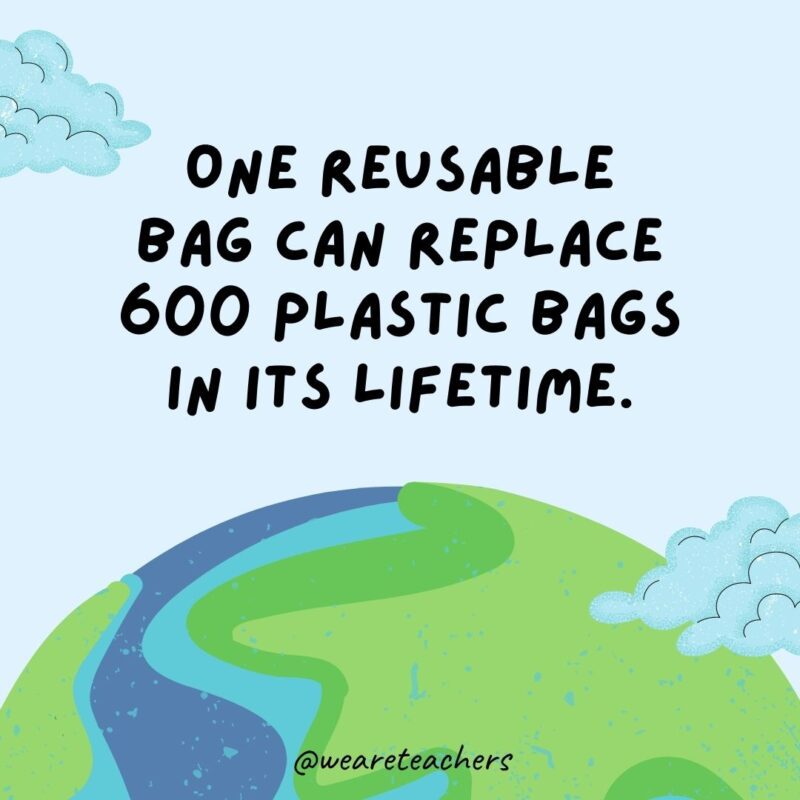
What an easy way to protect natural resources and reduce plastic litter!
There will be more plastic in our oceans than fish by 2050.
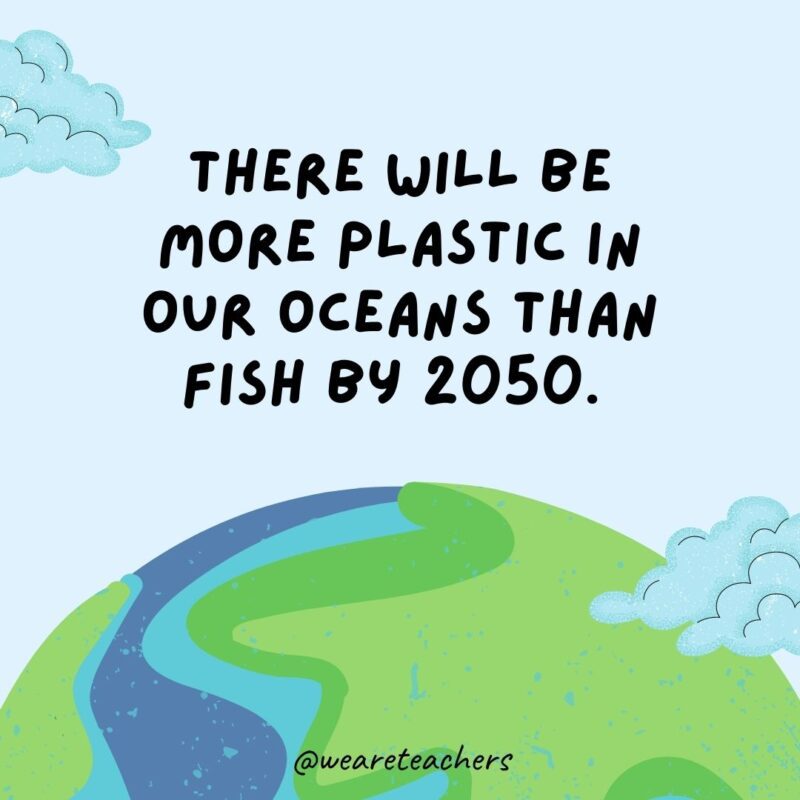
If there are around 3,500,000,000,000 fish currently swimming in our oceans, imagine how much plastic could be dumped by 2050. Watch this video of kids taking action against ocean plastic!
Approximately 25-50% of the world’s coral reefs have been destroyed.
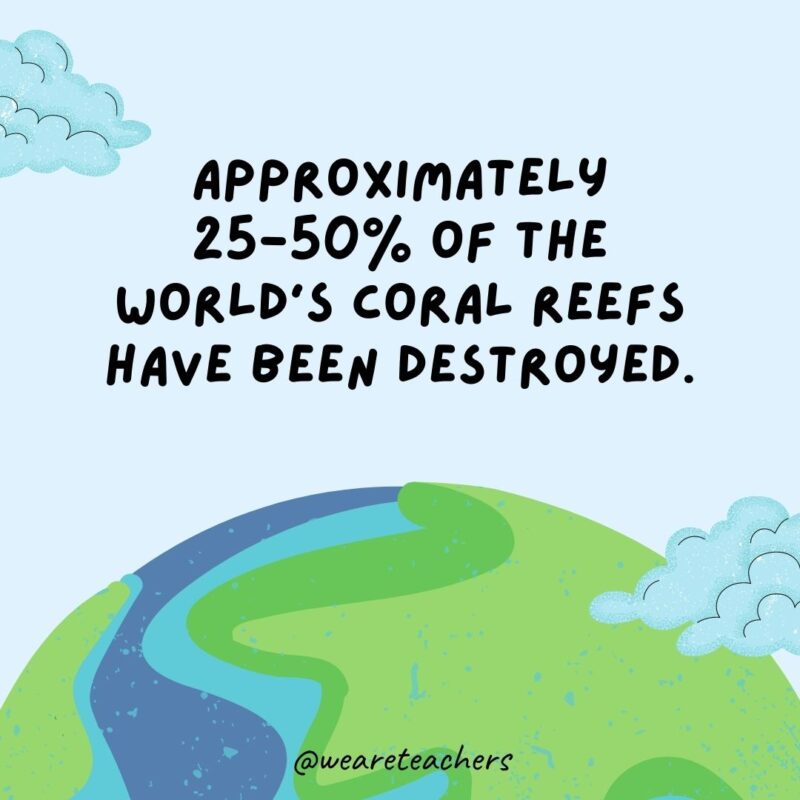
Pollution, destructive fishing practices, collecting live corals for aquariums, mining coral for building materials, and a warming climate have irreversibly damaged these beautiful ecosystems. Learn more from the World Economic Forum.
Half the world’s tropical and temperate forests are now gone.
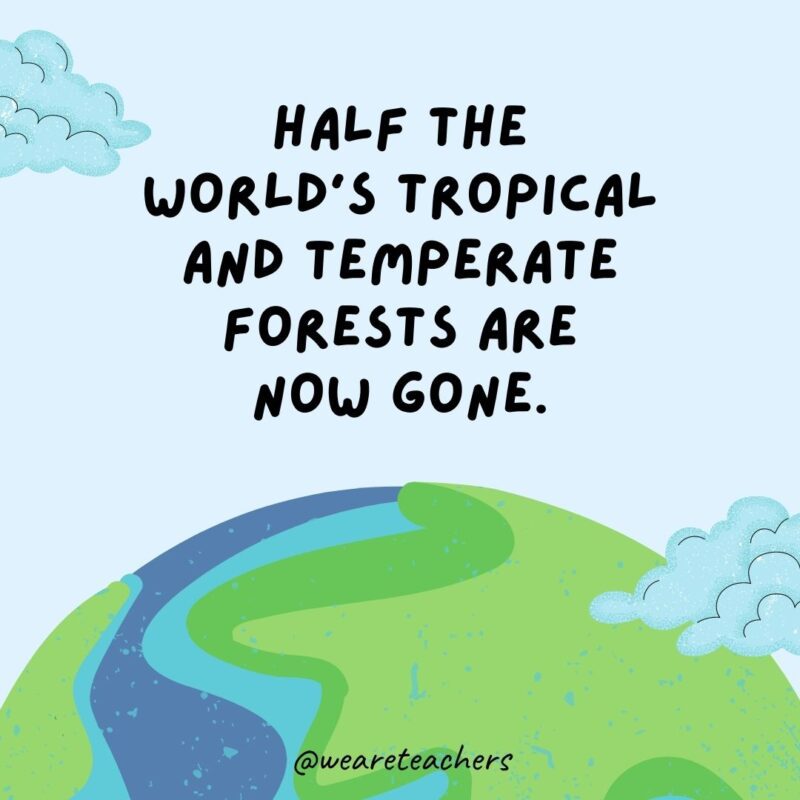
Humans are destroying tropical rainforests faster than any other type of woodland. This presentation from ReutersGraphics tells the story.
One-third of plant and animal species could be gone in 50 years.
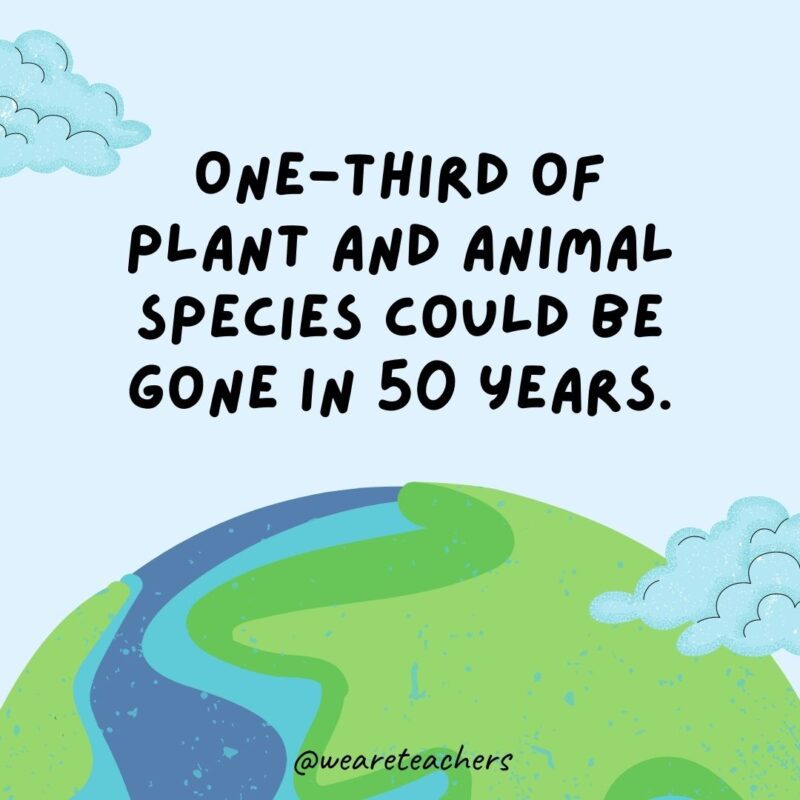
Researchers studied recent extinctions from climate change to estimate the loss of plant and animal species by 2070.
Clean, drinkable water is a limited resource.
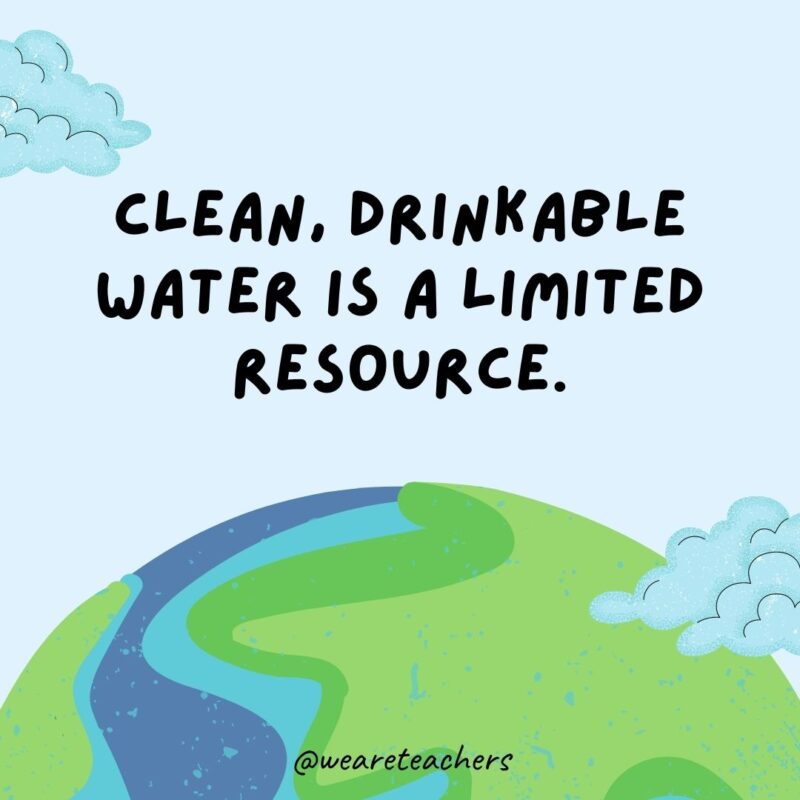
Less than 1 percent of the water on Earth can be consumed by humans!
Earth Day helped pass the Clean Water Act.
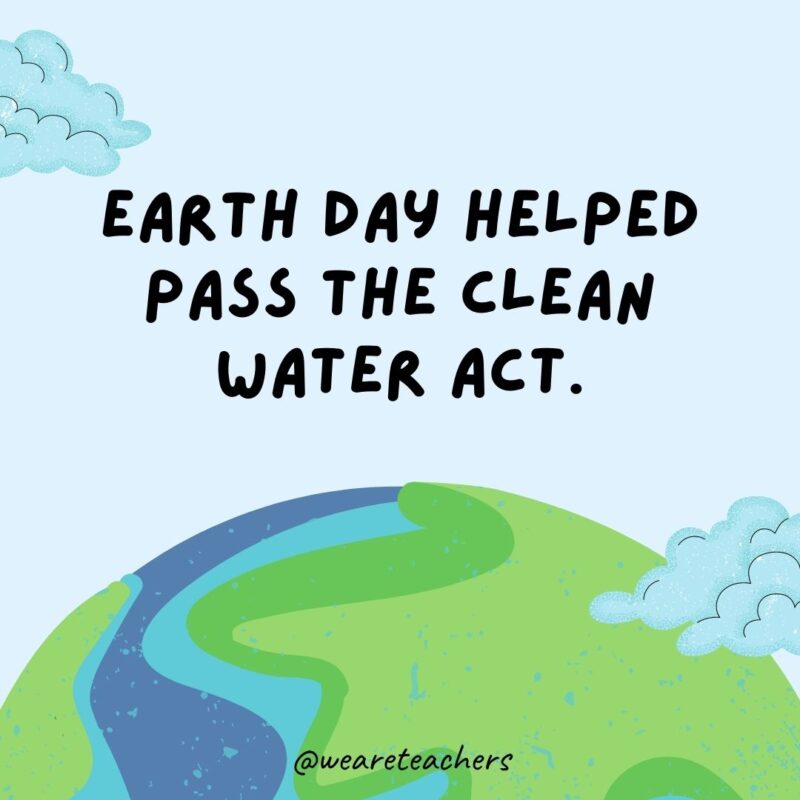
Two years after the first Earth Day was celebrated, Congress passed the Clean Water Act.
One person creates almost five pounds of trash per day.
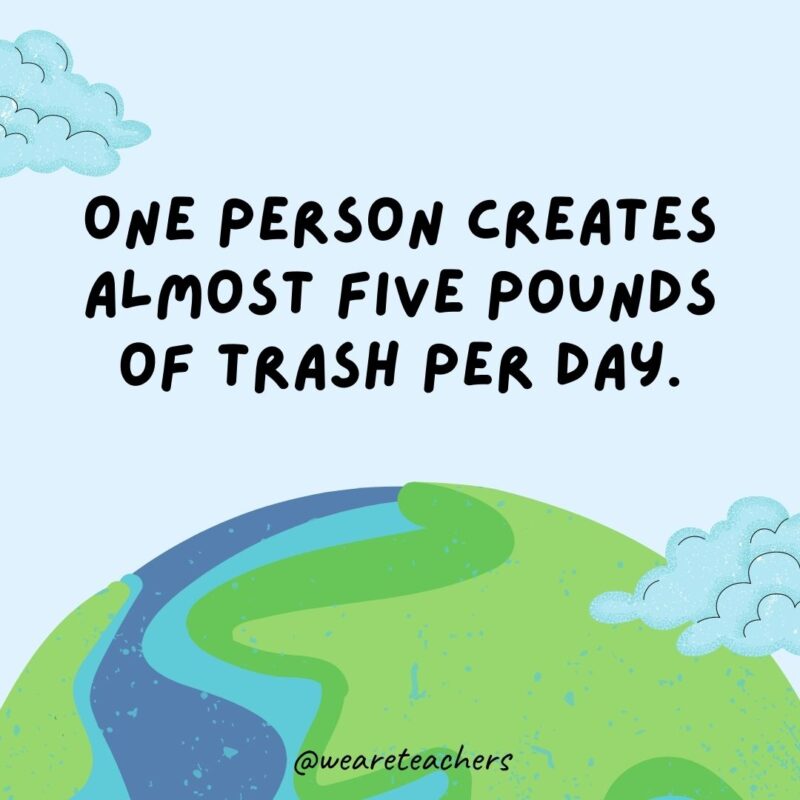
Recycling, reducing our reliance on plastics, and reusing what we already have can keep our personal waste from ending up in landfills.
Recycling helps save energy.
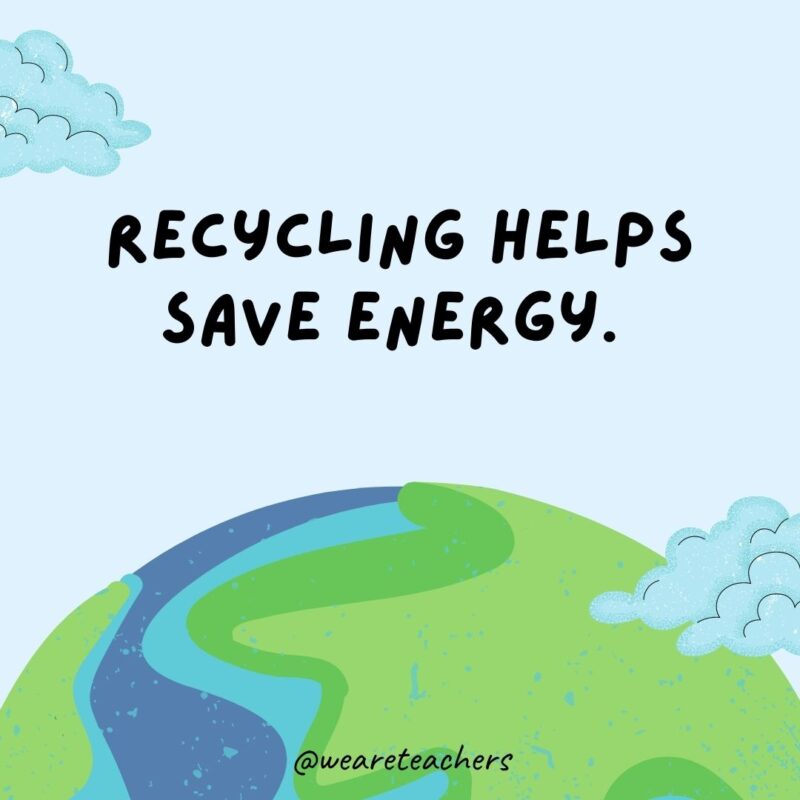
One recycled glass bottle saves enough energy to power a computer for 30 minutes and one aluminum can saves enough to run a 55-inch HDTV long enough to watch a movie!
Cardboard boxes can be recycled at least seven times.
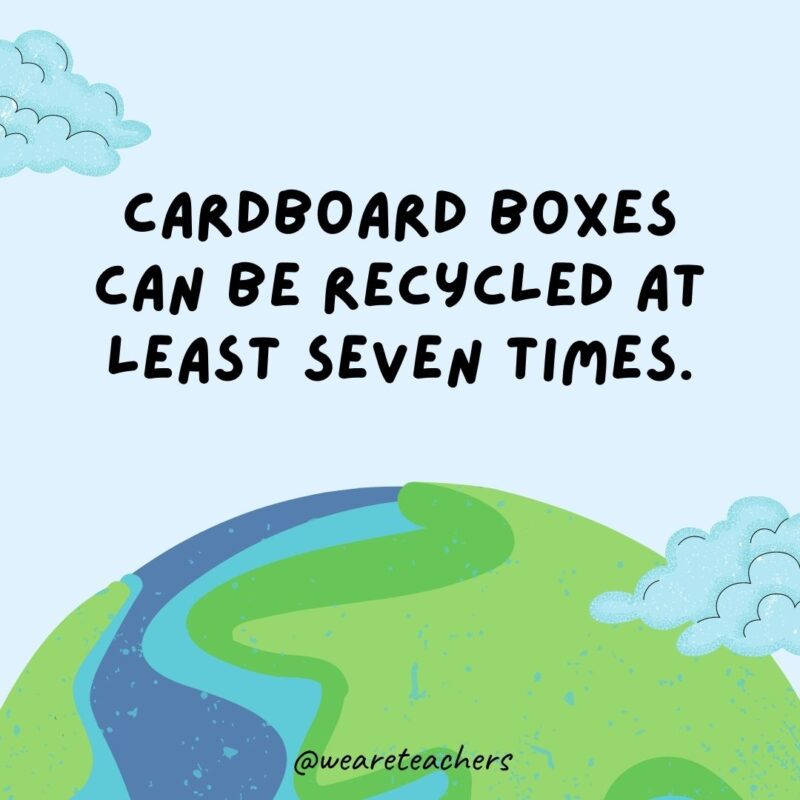
It’s easy to recycle cardboard—just make sure it’s clean, dry, and flattened!.
Recycling is good for our planet and our economy.
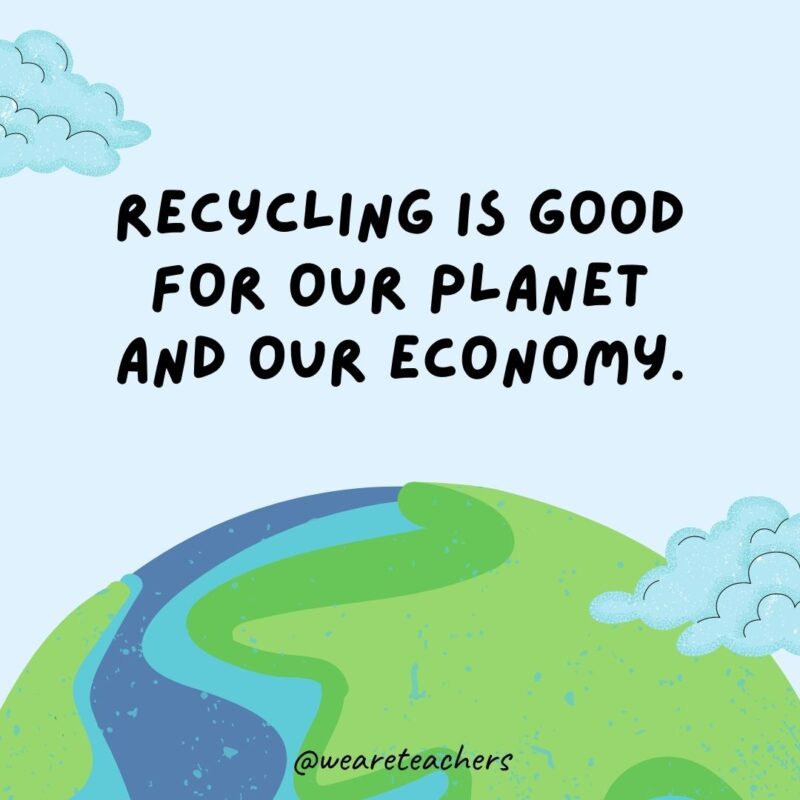
When we recycle, we protect the Earth and support the creation of new jobs. Watch this video about recycling jobs!
Want more facts for kids? Be sure to subscribe to our newsletter so you can get our latest picks.
